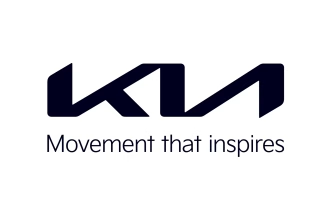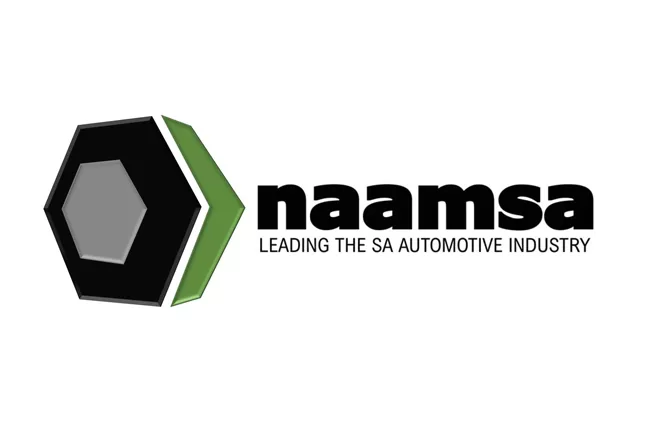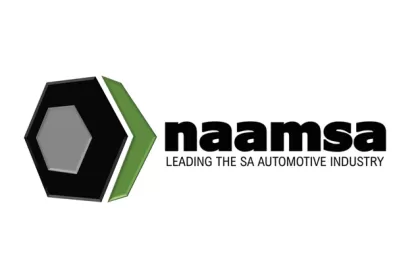The April 2025 new vehicle market unfolded against a backdrop of escalating global economic uncertainty, yet South Africa’s automotive sector continued to show determined resilience. Even as external headwinds strengthened, the industry’s structural depth, export capabilities, and ability to pivot within a shifting global economy were fully on display. Aggregate domestic new vehicle sales in April 2025, at 42,401 units, reflected an increase of 4,502 units, or a gain of 11,9%, from the 37,899 vehicles sold in April 2024. Export sales decreased by 2,266 units, or 6,6%, to 31,822 units in April 2025 compared to the 34,088 vehicles exported in April 2024. Vehicle exports for the year to date were still 6,3% ahead of the same period last year.
“The automotive sector finds itself once again at the coalface of global economic shifts,” said naamsa CEO Mikel MABASA. “While the new US tariff measures are concerning, the resilience and competitiveness of the South African automotive exports remain steadfast. Our industry has navigated difficult global tides before, and we will compellingly do so again”.
Overall, out of the total reported industry sales of 42,401 vehicles, an estimated 37,258 units, or 87,9%, represented dealer sales, an estimated 7,0% represented sales to the vehicle rental industry, 2,7% to industry corporate fleets, and 2,5% to government sales. The April 2025 new passenger car market at 30,101 units had registered an increase of 4,350 cars, or a gain of 16,9%, compared to the 25,751 new cars sold in April 2024. Car rental sales accounted for 8,9% of new passenger vehicle sales during the month.
Domestic sales of new light commercial vehicles, bakkies and mini-buses at 9,961 units during April 2025 had recorded an increase of 307 units, or a gain of 3,2%, from the 9,654 light commercial vehicles sold during April 2024. Sales for medium and heavy truck segments of the industry reflected a mixed performance in April 2025 and at 629 units and 1,710 units, respectively, recorded an increase of 58 units, or 10,2% from the 571 units sold in April 2024 in the case of medium commercial vehicles, and, in the case of heavy trucks and buses a decrease of 213 vehicles, or 11,1%, compared to the 1,923 units sold in the corresponding month last year.
“Despite fewer selling days in April 2025 compared to April 2024, due to the configuration of public holidays, as well as formidable global headwinds, the new vehicle sales performance encouragingly continued the upward momentum of the first quarter into the second quarter 2025. Despite a brief return of load-shedding and domestic political uncertainty because of the VAT saga during the month, the domestic macro-economic environment provided a degree of stability. Inflation fell to 2,7% year-on-year in March 2025, marking the lowest level since June 2020, aided by a notable easing in fuel and education costs. The latest headline inflation rate should encourage the Reserve Bank to cut interest rates further, even though inflation is expected to trend higher in the second half of 2025 due to global developments. Further buoying consumer confidence, government reversed its earlier proposal to hike the VAT rate from 15% to 15,5%, a move that will preserve disposable income at a critical moment for household consumption”, MABASA said.
Vehicle export sales, despite decreasing during the month, demonstrated underlying resilience. One major OEM halted production for more than half of the month due to facility upgrading in preparation for a new model investment, which negatively impacted on the industry’s export performance. However, there is a concern that domestic vehicle exports may moderate as the full impact of the US Section 232 tariffs filters through.
The announcement of sweeping tariff hikes on 3 April 2025 by US President Trump, notably under the revived Section 232 trade measures, marked a critical escalation. Higher tariffs on imports from 57 countries, ranging from 11% to 50%, were scheduled to take effect on April 9 but were almost immediately suspended for 90 days for all countries, except China. While much attention focused on the 10% universal tariff imposed on 5 April 2025 and the 30% reciprocal tariff specifically targeting South Africa, it is the application of Section 232 tariffs on automotive exports that presents perhaps the most profound structural threat. Originally designed to protect US national security interests, the Section 232 tariffs impose punitive duties on automotive products, including vehicles and parts – sectors where South Africa has established world-class export capabilities over decades.
With South Africa’s vehicle exports to the US previously enjoying tariff-free access under AGOA, the sudden imposition of these duties significantly alters market access conditions. South Africa’s automotive exports to the US will now face material cost disadvantages, raising concerns about pricing competitiveness and profitability for multinational OEMs operating domestically.
Global economic growth is expected to be significantly and immediately curtailed as a result of the tariffs, casuing competitive distortions and market dislocations elsewhere. The tariff uncertainty is creating a very difficult environment for businesses and could hinder competitive strategies, delay capital investments, distort long-term planning and increase short-term operational volatility.
Commenting on these dynamics, Mikel MABASA further stated: “The future of South Africa’s automotive industry will be shaped by how boldly we respond to global change. As we navigate rising uncertainties, we remain committed to leading innovation, strengthening competitiveness, and expanding South Africa’s role as a critical manufacturing hub in the African continent and global economy.”
April’s performance must also be viewed in the broader context of naamsa’s 90th anniversary celebrations — a powerful reminder of how far the South African automotive industry has come over nine decades of economic, political, and technological transformation. The sector’s historical adaptability now becomes a strategic asset, as it faces one of the most volatile global trading environments in recent history.
Looking ahead, anticipation is building for the 2025 SA Auto Week, scheduled for 01–03 October 2025 in the Eastern Cape. Under the theme “Reimagining the Future, TOGETHER: Cultivating Inclusive Growth and Shared Prosperity,” the event will serve as a global platform to reposition South Africa’s automotive industry, deepen stakeholder collaboration, drive investment into emerging technologies, and future-proof the sector’s competitiveness in a rapidly evolving geoeconomic environment.












